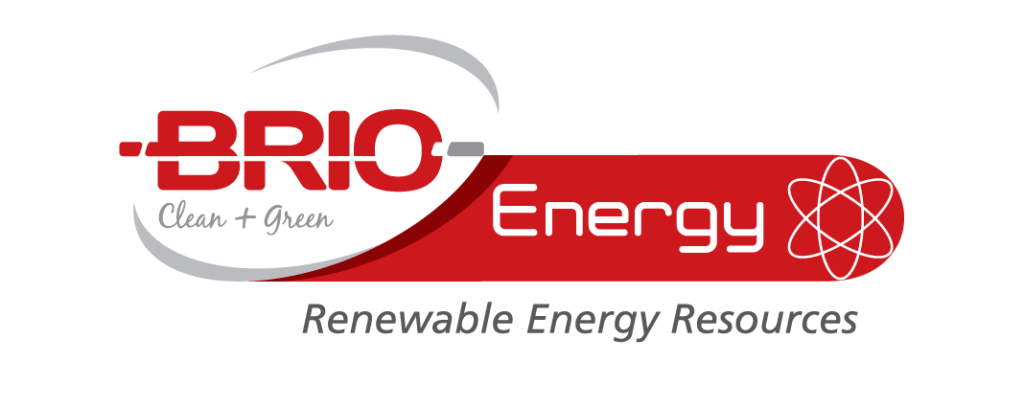At our core, we’re passionate about providing clean energy solutions. Our wind turbines help you reduce reliance on fossil fuels and contribute to a greener future. By choosing Brio, you’re not just powering your needs, you’re making a positive environmental impact.


